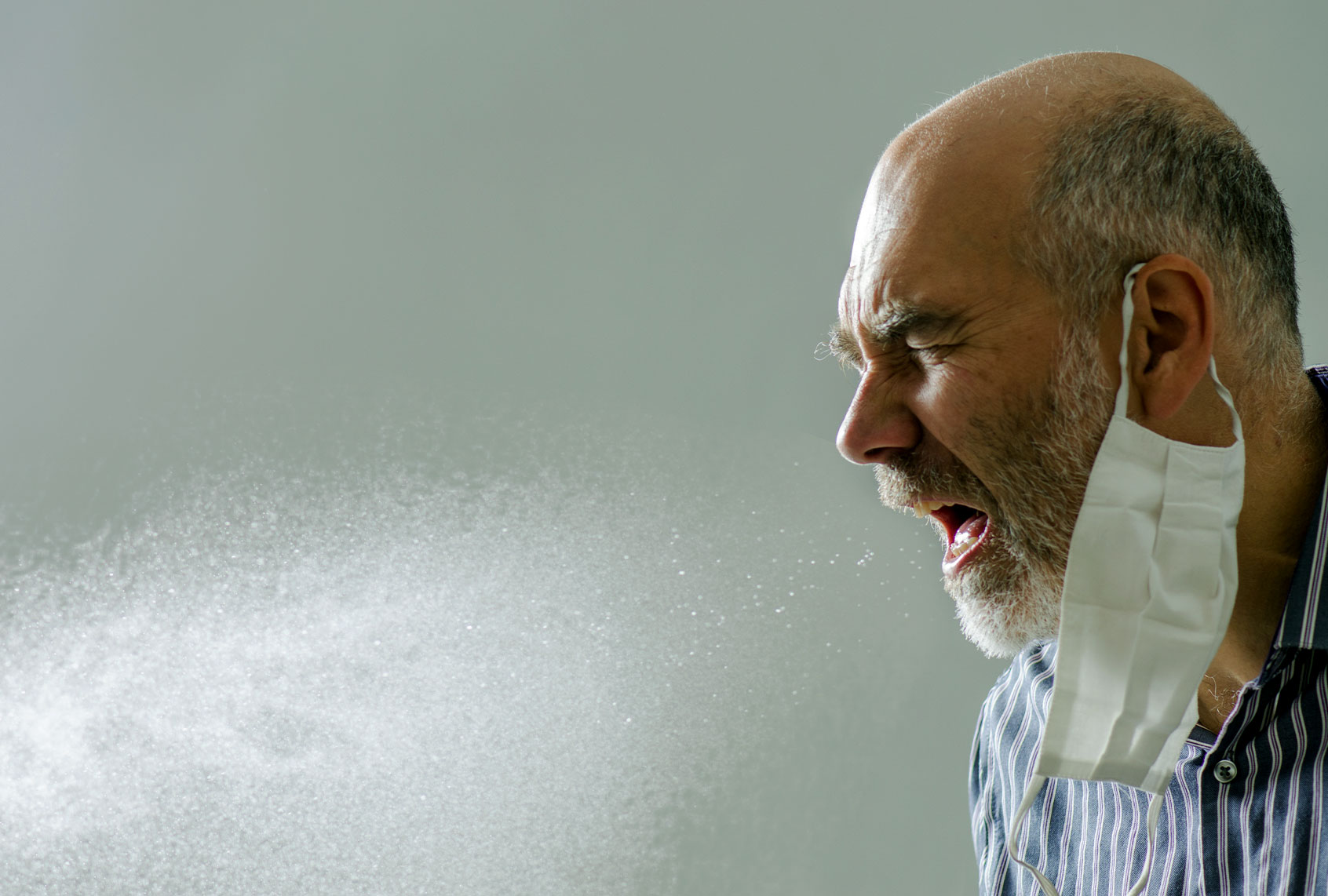In March 2020, a two-and-a-half hour choir practice in Washington state became one of the first COVID-19 “superspreader” events in the United States to be documented — providing the first hint of a connection between singing and emission of SARS-CoV-2 viral particles.
A couple months after the outbreak, the Centers for Disease Control and Prevention (CDC) published a report detailing that only one person who attended the practice had COVID-19 symptoms. That one symptomatic person led to 33 out of the 61 choir singers testing positive for the coronavirus. Three people were hospitalized and two died. The CDC estimated there were an additional 20 probable cases, too.
This case study raised many questions about why this event led to such a big outbreak. Was singing to blame? Twenty months after the infamous choir outbreak, researchers now know that airborne transmission of infectious respiratory particles plays an important role in how the virus spreads. Yet airborne transmission appears to be affected by the volume of one’s breath — meaning, the volume at which someone is talking (or singing), say. And, surprisingly, sex might factor into the equation as well, according to a new study published this week in Environmental Science and Technology Letters via open access.
John Volckens, an aerosol scientist and professor in the Colorado School of Public Health at Colorado State University (CSU), told Salon he got the idea for the study when he met co-author Dan Goble, director of the CSU School of Music, Theatre and Dance.
“He was pining to me about how the performing arts industry had been totally shut down,” Volckens explained, to which he “foolishly” told Goble he could possibly help. Volckens explained that the first challenge was figuring out how to measure what comes out of one’s mouth — meaning, “quantifying” breath for different activities, say, singing, talking and the like. Then, Volckens said about asking a question of safety: “how can we control those emissions or make it safer to do those activities?”
Want more health and science stories in your inbox? Subscribe to Salon’s weekly newsletter The Vulgar Scientist.
And thus the idea for the study was born. After raising $100,000, the team of scientists were able to use an aerosol testing chamber and recruit about 100 volunteers ranging in age from 12 to 61. Volunteers participated by singing, talking or playing instruments while equipment captured and measured the respiratory particles they were producing. The scientists captured the respiratory particles while the volunteers were both masked and unmasked.
The results confirmed a long suspicion that many had: singing produces more aerosols. In fact, 77 percent more than talking.
Even more curiously, researchers were able to observe a difference in aerosols between gender and age. The researchers found that adults produced 62% more aerosols than children, while males produced more aerosols than females.
“Men emit maybe 30 percent, on average, more particles than women,” Volckens told Salon. “But that’s largely because men have bigger lungs.” That, Volckens said, “suggests that men could spread the disease more effectively.” Yet he noted that there are many other factors that play into infection.
Volckens elaborated that this is just a “small piece of puzzle,” but this information could help inform future precautions that are taken to slow the spread of COVID-19.
“Our results did show that men emit more than women, and adults emit more than children, and that singing is worse than talking,” Volckens said. But he said the most important finding was that “if you account for how much CO2 comes out of the party, and you account for how loud the person is vocalizing, the differences between men and women and adults and children go away.” As he explained, if one wanted to monitor for infection risk, measuring CO2 levels and volume levels during indoor speaking were a good metric to measure the “cursory indicator of infection risk” at events.
This remains a hypothetical risk indicator, as Volckens alluded to before, and still needs more study. One of the most pressing questions that scientists have yet to answer is how many viral particles are required to be inhaled to lead to an infection.
“It’s the most important question that we don’t know yet,” Volckens said. “Once we know the infectious dose or even have a good idea, we can start to estimate things like distancing and ventilation rates and exposure time, with much more certainty, to provide better guidance and advice.”
While scientists are working on it, Volckens added one of the biggest obstacles to studying this is capturing the virus once it is emitted.
The study also affirms the public policy decision to shut down live theater at the dawn of the pandemic. As the study found, the way in which performers talk and sing during live performances likely increases infection risk.
“The good news for the performing arts industry is they took the precautionary principle, they shut down,” Volckens said. “I can tell you now that that was the right choice and lives were saved.”

